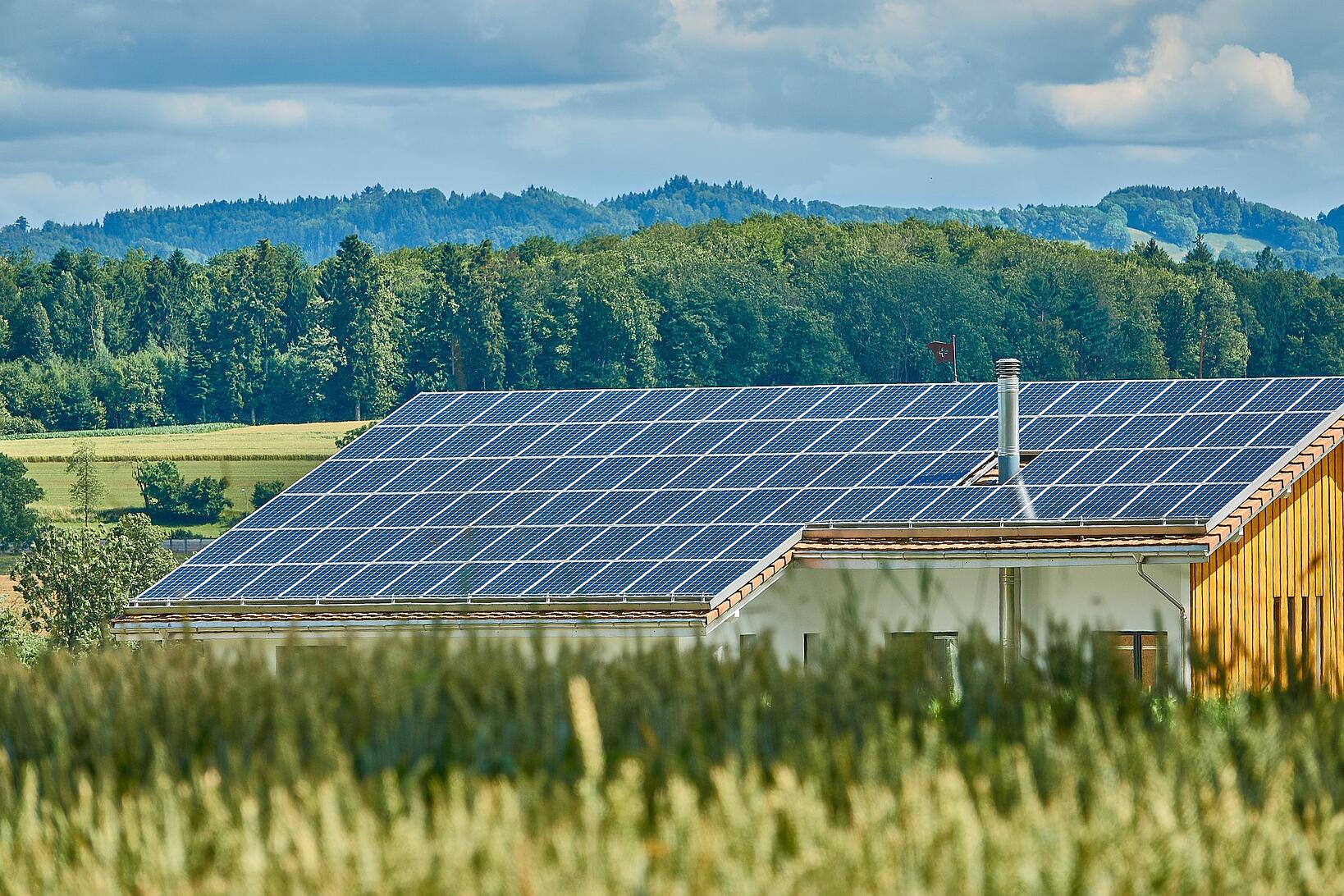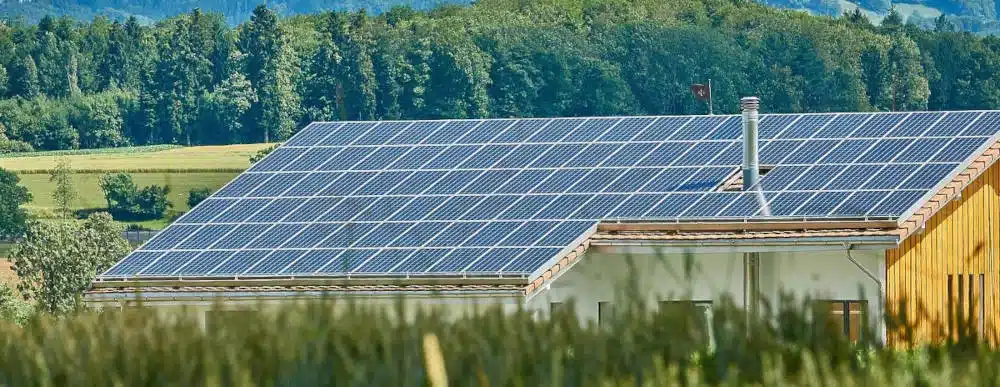
Update August 18, 2022: The ITC was extended for 10 years – through 2032 – under the Inflation Reduction Act. Get the updated details here.
With 2019 coming to an end, it’s important to know that the Investment Tax Credit, or ITC will begin its phase-out starting in January. In this article, we’ll be discussing the conditions of this change as well as what it means for your current leads, contracts and in-progress installs.
An overview of the ITC tax credit and the changes to expect:
There are two federal tax credits available to incentivize the adoption of solar and solar investments: Section 48 solar Investment Tax Credit (ITC) and the Section 25D residential solar energy credit available to businesses and homeowners respectively. These have been mainstays in the solar industry and were likely a major cause for the quick adoption of renewable energy in the United States.
Up to now, these credits constituted a 30% deduction on the cost of purchasing solar from the buyer’s taxes and were set to expire in 2016. They were later extended to 2020 where they will begin a gradual drop down to 0% for residential installs and 10% for commercial installs by 2022.
This change will happen slowly over the next two years, dropping to 26% in 2020, 22% in 2021 and finally to a permanent 0% for residential projects and 10% for commercial installs by 2022.
What are the differences between how these changes affect residential and commercial projects?
According to Solar Energy Industries Association (SEIA), residential installs need to be completed/placed in service by the end of the day on December 31st, 2019 to benefit from the full 30%. It’s important to note that a signed contract or an in-progress or incomplete installation is not enough to benefit. The system must be fully installed on the property and in use by January. This, however, is only applicable to homes that have already been built.
If you are quoting a homeowner for a property that has not yet been built or is currently under construction, the ITC value is determined based on the date/year where the homeowner moves into the property rather than when the system install is complete.
If you fear that your clients may have a circumstance which may complicate things, it’s important to suggest they speak to a tax advisor in order to know how to navigate their exact case. An example of this could be a project being completed by say, December 23rd but not hooked up to the grid and functional until a later date due to outside circumstances like an issue with the utility.
It’s also important to note that homeowners with power purchase agreements (PPAs) or leases do not benefit from this tax credit in any way as the benefits go to the company who is leasing the system.
On the other hand, since the ownership of the system lies with the installer or solar company, these projects fall under the commercial ITC rather than residential which will buy you more time to finalize everything and get the system up and running while still maintaining the 30 percent credit.
Commercial projects have more time and leeway than residential. As long as commercial projects have begun installation before January 1st they can benefit from the full 30% credit under the condition that they are completed by 2024. Projects starting after January 1st can qualify for the 26% credit while those starting in 2021 can claim the 22% credit. Anything finished after the end of 2023 will only be eligible for the 10% credit.
Important distinctions and definitions.
While the conditions of the residential ITC are relatively simple, the commercial version is more nuanced and has more provisions. The IRS has laid out a series of terms and definitions in order to help installers and clients better understand how exactly to qualify for each credit. To qualify for the business credit, the IRS has stated that “physical work of a significant nature” must have begun on the property in order to qualify for the correct ITC percentage. In this case, “physical work” means manufacturing, constructing, assembling and excavating.
Not counted under the “Physical Work Test” are activities such as solar design, planning, removing existing panels or getting permits. There are also a few exceptions to this rule such as labor stoppages, natural disasters/severe weather or supply shortages.
Commercial projects must also pass the “Five Percent Safe Harbor test” in which the purchaser must pay at least 5% of the total project cost before the deadline to receive the credit.
What do these changes mean for your solar business
While the ITC step-down will likely slow the adoption of solar and other renewables in the future, an increase in demand will probably precede it due to home and business owners looking to snag the best possible deal for their solar projects.
You’ll want to get all your ducks in a row now to handle the increased demand and urgency of your projects. Make sure to have all your materials ordered and meetings booked before the end of the year so that your customers can get the 30% credit rather than having to settle for the 26% available next year. Remember, residential projects need to be completed by the end of December 31st of 2019 to qualify.
How Solargraf can help
Having solar quote software and sales proposal tool like Solargraf at your disposal will be a great help in the rush to get everything done before 2020. Solargraf is set up to handle both this year and next year’s ITC credits for both residential and commercial projects.
Depending on your project timeline, you can choose which percentage to apply to your proposal. Simply head to the incentive options section of your project to apply the correct one.
Using a solar proposal software to show these options on your quotes can also help speed up your leads in the decision making-process since they can see exactly how much they won’t be able to claim if they hold off on signing a contract and scheduling an install. Create a sense of urgency by showing your leads what credit they will be receiving if they book an install this year versus next year, for example.
In closing.
While the changes to, and ultimate end of the ITC may be stressful, it’s important to make sure you’re prepared to capitalize on the end of 2019 rush and maximize your sales for the end of the year. Get ahead with Solargraf today and close those deals!


 United States
United States Germany/Austria
Germany/Austria Brazil
Brazil Netherlands
Netherlands